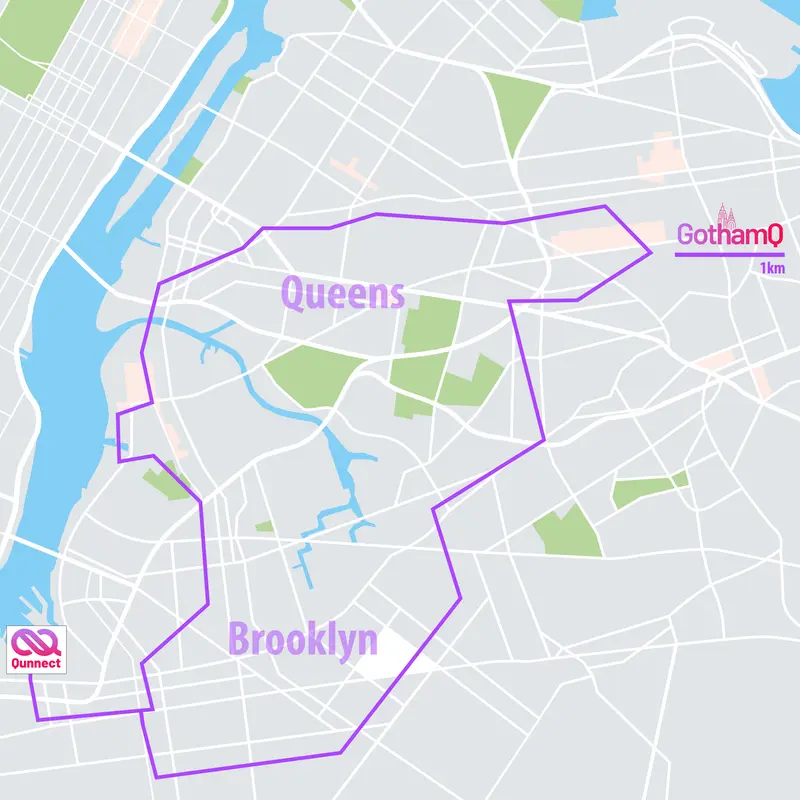

|
||

In a groundbreaking development for quantum communication, researchers at Qunnect Inc. have successfully achieved the automated distribution of polarization-entangled photons over New York City’s existing fiber network. This advancement, detailed in a recent study published by PRX Quantum, marks a significant step toward the practical deployment of large-scale quantum networks.
The study showcases a fully automated system capable of distributing entangled photons over a 34-kilometer stretch of urban fiber infrastructure. The system achieved a high distribution rate of nearly 500,000 photon pairs per second and maintained an extraordinary 99% fidelity at lower rates. Remarkably, the network operated continuously for 15 days, demonstrating a network uptime of 99.84%.
Quantum networks rely on the delicate balance of entangled photons to enable applications such as quantum encryption, distributed quantum computing, and quantum sensing. However, maintaining the integrity of these entangled states over long distances and in real-world conditions has been a formidable challenge. The researchers at Qunnect addressed this by utilizing their GothamQ test bed to assess the polarization-dispersion properties of New York City’s fiber optics. The team employed a narrow-band bichromatic polarization-entanglement source and an active polarization-compensating device to counteract environmental disturbances that typically degrade performance.
The big picture: This successful demonstration of stable, high-fidelity entanglement distribution through urban telecommunication infrastructure marks a significant milestone in building a functional quantum internet. The study underscores the potential for existing fiber networks to support quantum technology, making it a realistic and imminent possibility for future communications.
Sponsored byIPv4.Global

Sponsored byVerisign

Sponsored byVerisign

Sponsored byWhoisXML API

Sponsored byRadix

Sponsored byDNIB.com

Sponsored byCSC
